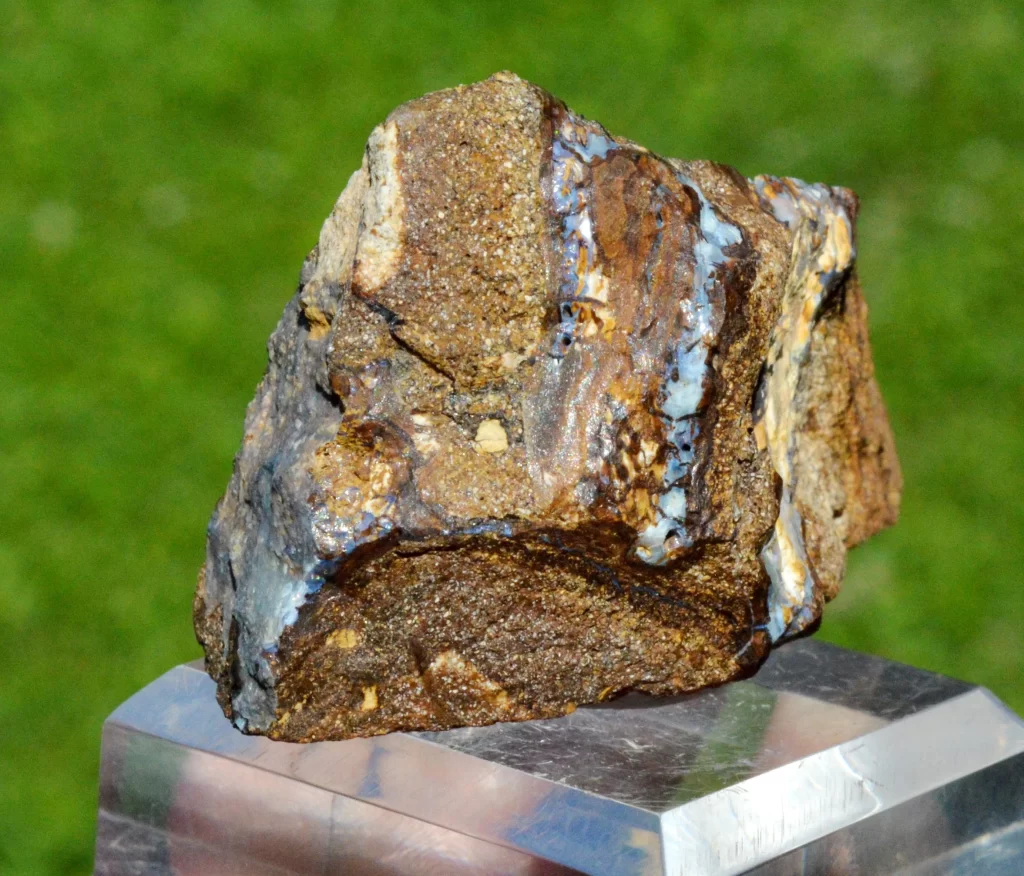For anyone interested in gold prospecting, knowing how to recognize high-potential gold ore in the field is an essential skill that can greatly increase your chances of success. Gold ore is not always easily identifiable, especially to the untrained eye, but with a few practical tips and observational techniques, you can begin to develop the confidence and knowledge needed to detect valuable deposits right at the source. Whether you are an amateur prospector or a seasoned treasure hunter, being able to spot the signs of gold-rich ore is a major step toward discovering profitable mining opportunities. One of the most reliable indicators of high-potential gold ore is the presence of quartz. Gold is often found in quartz veins, which appear as bright white or translucent bands embedded in rock formations. Look for quartz that shows signs of iron staining, rust-colored patches, or weathering these often signal that water has passed through the rock and may have carried gold with it. Another strong visual clue is the presence of sulfide minerals, such as pyrite commonly called fool’s gold.

Knowing how to identify gold ore is essential for prospectors, and understanding the role of minerals like pyrite can be a helpful clue. While pyrite itself is not valuable, it can accompany real gold, especially in hydrothermal environments. When you see pyrite in quartz, especially if it is in a broken, oxidized form, it could indicate gold-bearing ore nearby. Additionally, color and texture changes in rocks can signal potential gold zones. For example, oxidized or reddish rock often called gossan is the result of long-term exposure to oxygen and water, which may leach out metals and leave behind telltale stains. Gossans can mark the upper portion of a sulfide deposit and sometimes conceal rich gold veins underneath. Pay close attention to the surrounding geology gold is frequently found in areas with volcanic or metamorphic rock, especially near fault lines or where different rock types intersect. These structural changes can create natural pathways for mineral-rich fluids, which deposit gold as they cool.
Field testing techniques can further improve your chances of identifying valuable ore. A basic method is panning collect a small amount of crushed rock or sediment and pans it with water to see if any gold flakes settle at the bottom. Gold is heavy and resistant to corrosion, so it stands out from other materials. If you have access to a hand lens or portable magnifier, examine the rock for tiny specks of visible gold, particularly within fractures or quartz pockets. Using high-quality testing tools from JXSC can make this process more efficient and accurate, especially in the field. Finally, keep in mind that recognizing high-potential gold ore is part science and part experience. The more time you spend observing rocks, soil conditions, and surrounding terrain, the better you will become at noticing subtle signs that others might miss. Keeping records of promising locations and cross-referencing with geological maps can also help refine your efforts.